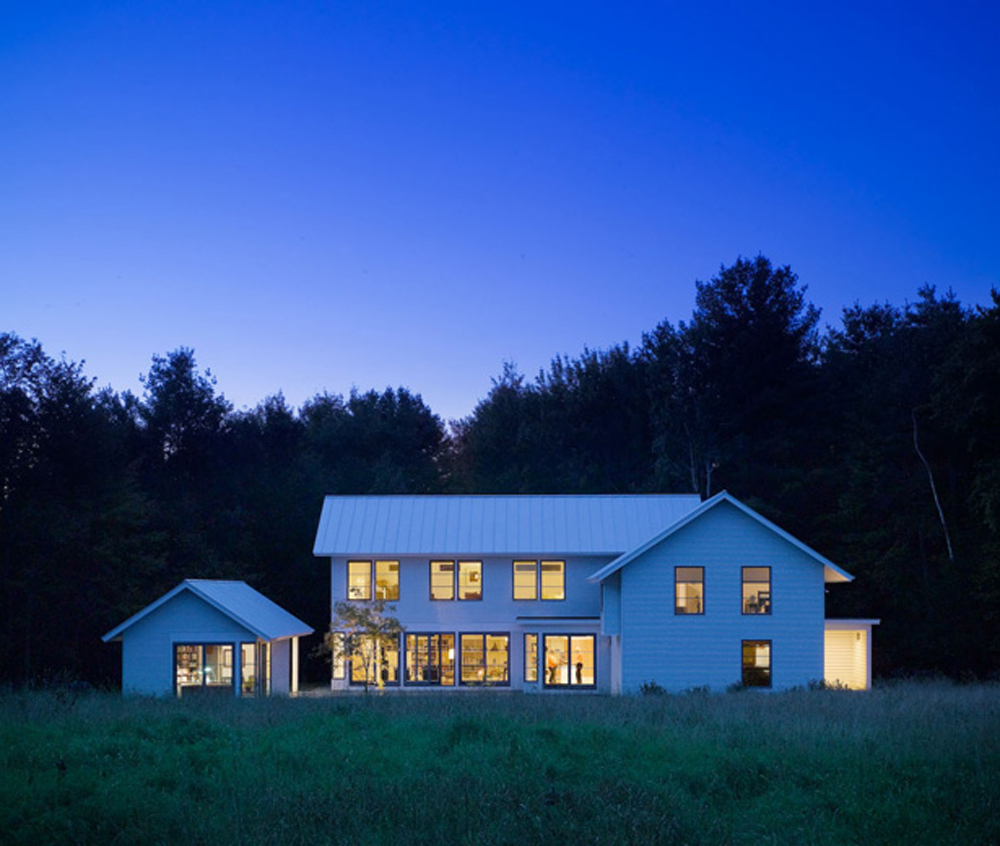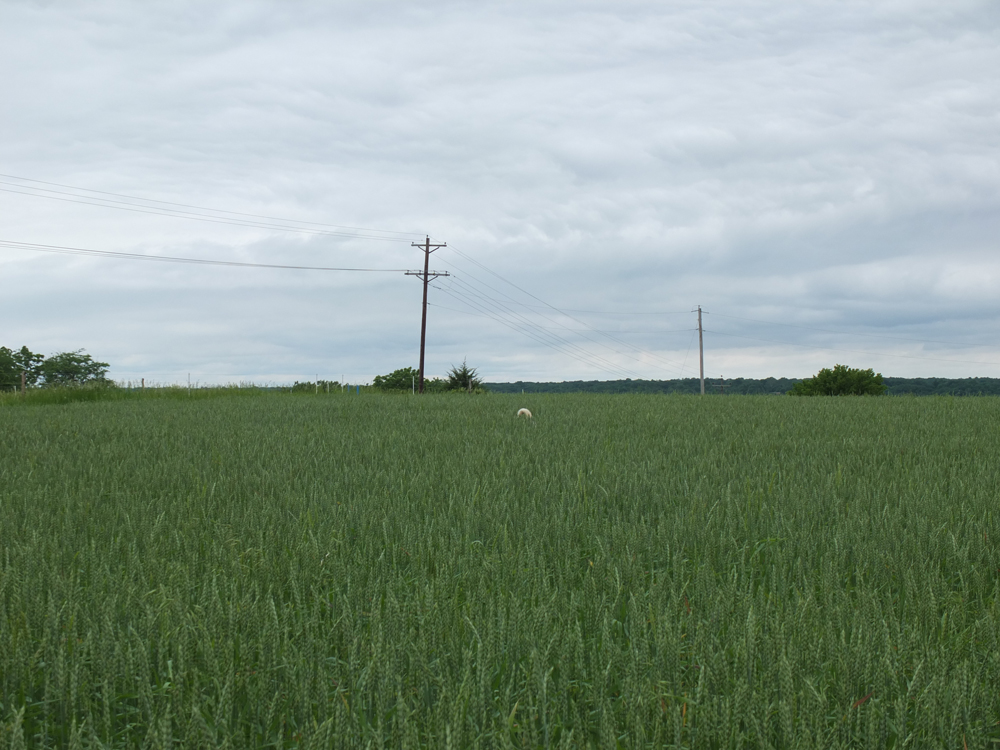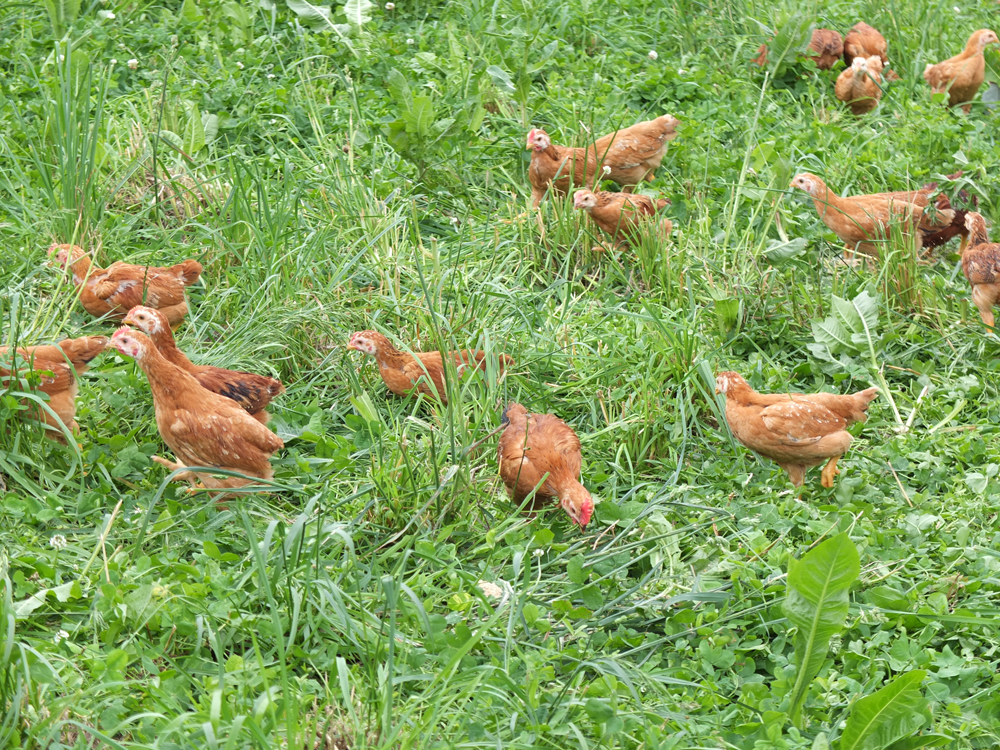farmhouses
Emily Oster
Stow-on-the-Wold by McLean Quinlan Architects image via the blog The Best Part
Tomorrow we are heading to the Chicago area for another wedding (tis the season). The drive from Saint Louis to Chicago takes roughly 5 hours and goes straight through Illinois farm country. Each time we make the trip, I take note of my favorite farmhouses (maybe I will try for some pics this time to share) and think about what our (hopefully) future farmhouse might look like - can you tell I have farms on the mind since visiting Live Springs?
The farmhouse vernacular is something that more and more resonates with me as a person and designer. I definitely think there is a nostalgic aspect to it and also the fact that I am finding myself to be much more of a "ruralite" than an "urbanite". Aesthetically, I enjoy the simplicity of form and symmetry that is characteristic of farmhouses as well as their relationship to the surrounding landscape. I am not sure where, when or how Jeff and I might come to have our own farmhouse but I like to dream about it. My hope is that we will find either an old farm home to restore and renovate or build our own. In either scenario, it is important to me that our home reflect a modern perspective and lifestyle and not just be a replica or representation of something that once was. Sort of like these great examples.
FGH Architects image via Chicago Home + Garden Magazine
Woodstock Farm by Rick Joy Architects image via Katepolis
The Floating Farmhouse by Givone Home
Twisted Cabin by Jarmund Visgnaes Architects
Private residence by Truexcullins Architecture + Interior Design photos by Westphalen Photography
Kirchplatz Office + Residence by Oppenheim Architecture + Design image by Borje Muller via Archdaily
 asdfsdf
asdfsdf














